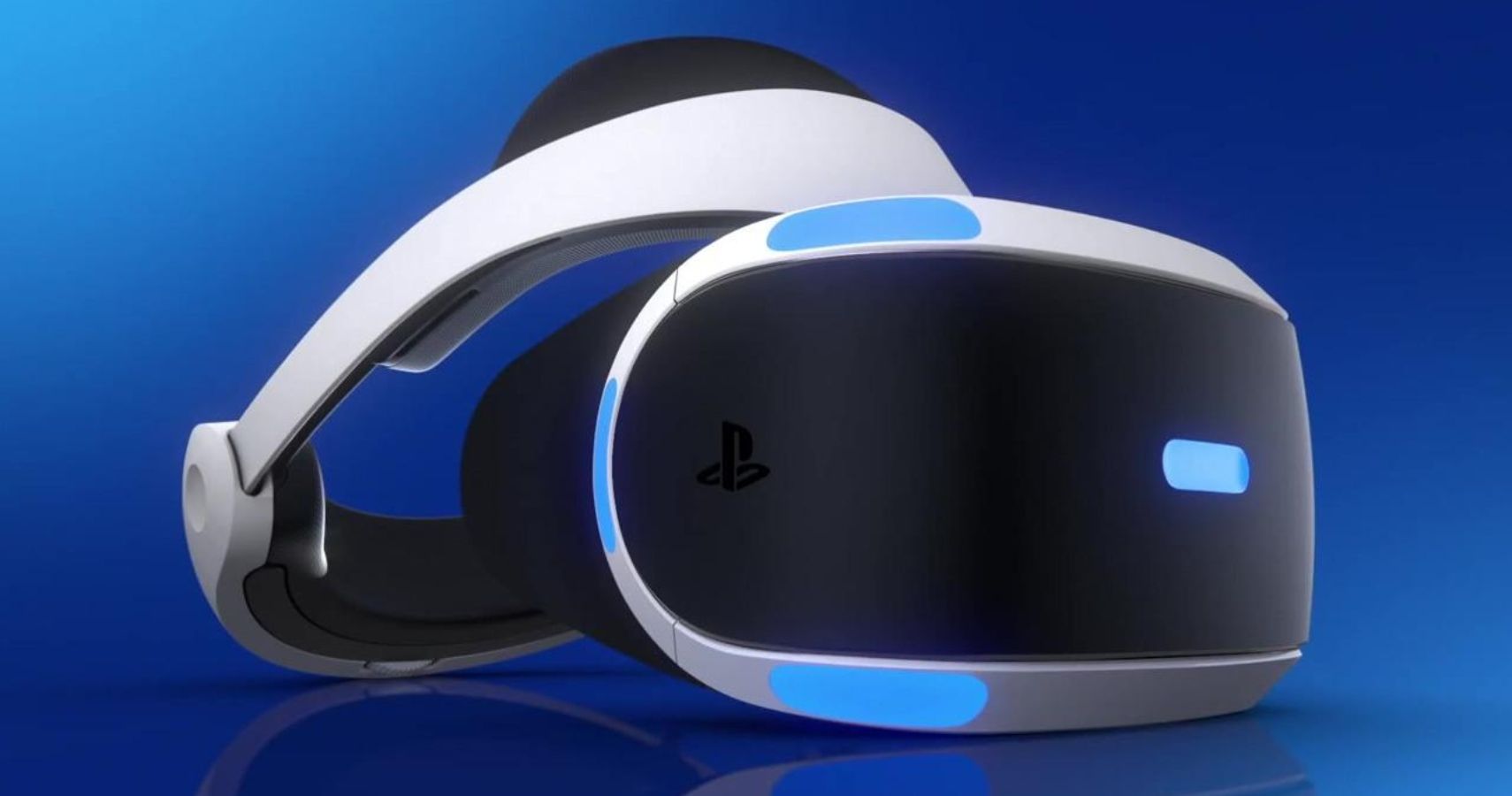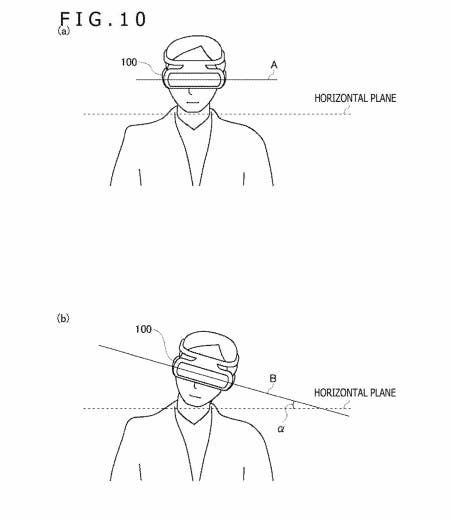It appears that Sony has plans to make a new, cutting-edge VR headset, as Inverse reports that the company has filed new patents which pertain to virtual reality gaming.
The technology has been part of the Sony package since they launched PlayStation VR for the PS4 in 2016. Now, it is believed that the upcoming PS5 will have its own, although Sony has confirmed that the next-gen console will be compatible with the VR hardware currently available.
Per Inverse, leaks related to the patents suggest that the company is developing new PSVR technology. Initially, it was thought that a new VR headset would launch with the PS5 but it's since been deduced that the launches could be spaced apart, with the debut console to have all the specs necessary to support the headset.
Facebook Will Never Break Through With VR, Says Former Oculus Executive
Not much is known so far and that will probably continue to be the case until the product is released in 2020. However, according to the leaks, the headset will be completely wireless.
A variant that supports 2,560 x 1,440 resolution and has a 120-hertz refresh rate is expected to cost $250. The hardware should also present a 220-degree field of view and eye-tracking support, along with five hours of battery life.
Last month, Sony confirmed it was working on a VR headset that can track the user's head position and eye movements, with the USPTO having published the patent application. Eye movement-tracking should mean that areas viewable by only peripheral vision would not be accounted for that significantly due the tracking camera's detection of pupils, allowing VR games to better reflect and provide superior presentation where the player is looking.
This would be carried out by a new graphics rendering technique called "foveated rendering." The feature will only supply high-quality graphics to the area a user is focusing on, which is something that should cut down on GPU loading times.
The accurate tracking of a user's inter-pupillary distance (IPD) will reduce eye strain while eliminating the need to adjust the head strap. This problem is quite common among gamers who use VR headsets.
One should note that these, as is the nature of patents, nothing is set in stone. Regardless, it's still an intriguing prospect for people who are fond of VR gaming.


